Affiliate links on Android Authority may earn us a commission. Learn more.
The Redmi K20 Pro is everything the POCOphone F2 should be
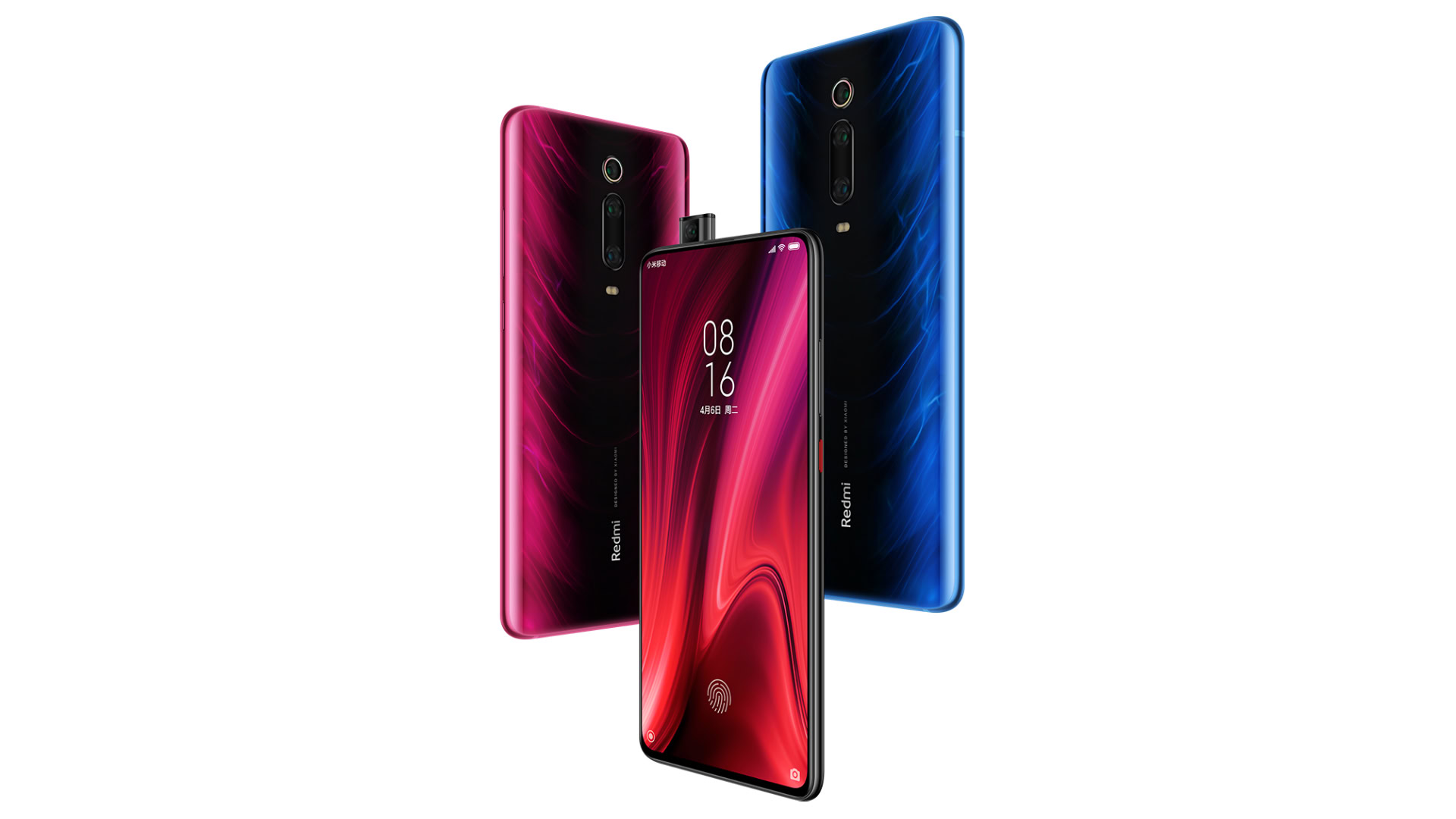
The Pocophone F1 was one of the most talked about phones of 2018 and the smartphone world is eagerly awaiting a sequel. It hasn’t been confirmed yet, but Xiaomi may have snuck out a “Pocophone F2” right under our noses.
The Redmi K20 Pro is yet another budget powerhouse from the Chinese brand that, like the POCOphone F1 (or POCO F1 in selected markets), delivers top-tier specs for a ludicrously low price of just 2,499 yuan (~$362).
With OnePlus taking tentative steps into the ultra-premium smartphone sector with the OnePlus 7 Pro, the mantle of “flagship killer” is once again up for grabs. Xiaomi is in prime position to snatch the title with a sophomore POCOphone offering. Here’s why the Redmi K20 Pro would make the perfect blueprint.
Never settle
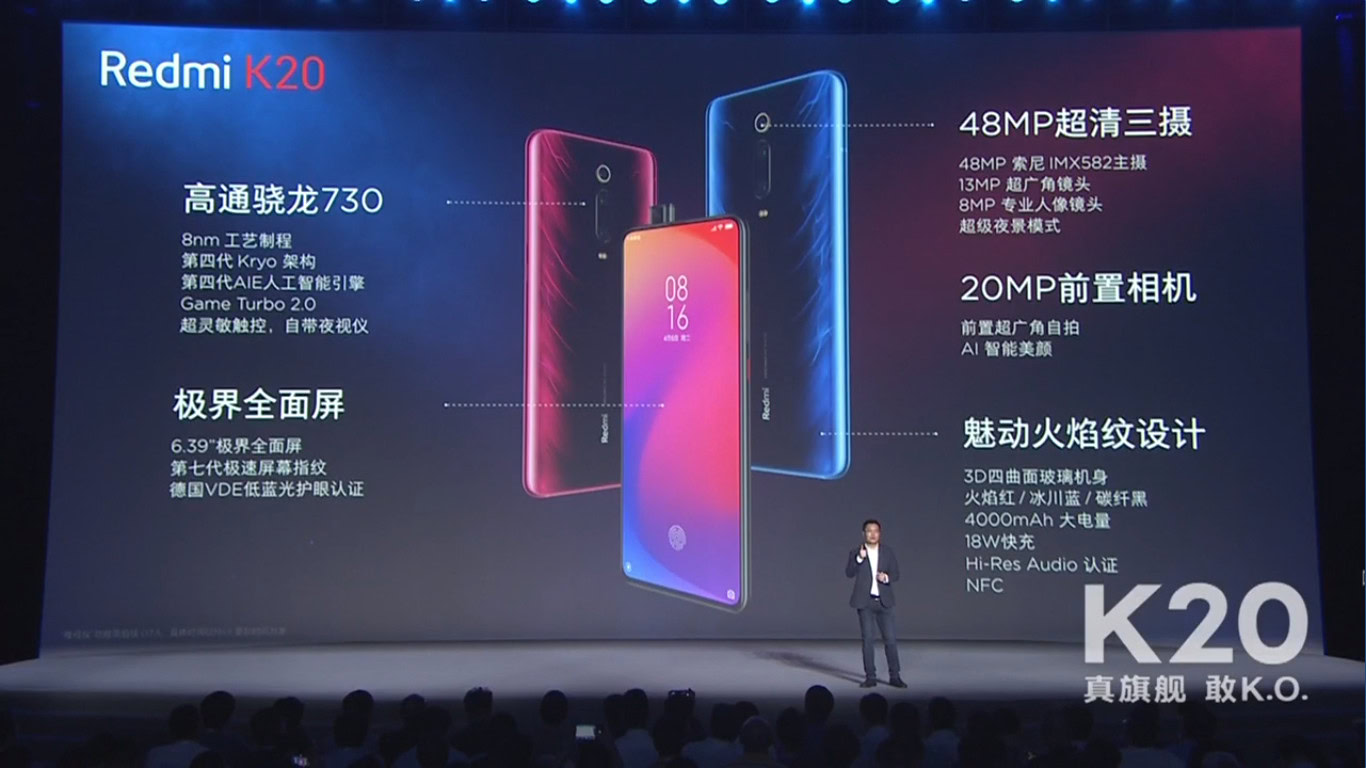
Let’s start with the obvious: The Redmi K20 Pro is a beast.
Like the Pocophone F1 before it, the Redmi K20 Pro has solid specs even if you disregard its price tag. At its heart we have Qualcomm’s flagship Snapdragon 855 SoC, 6/8GB of RAM, up to 256GB of storage, and a beefy 4,000mAh battery.
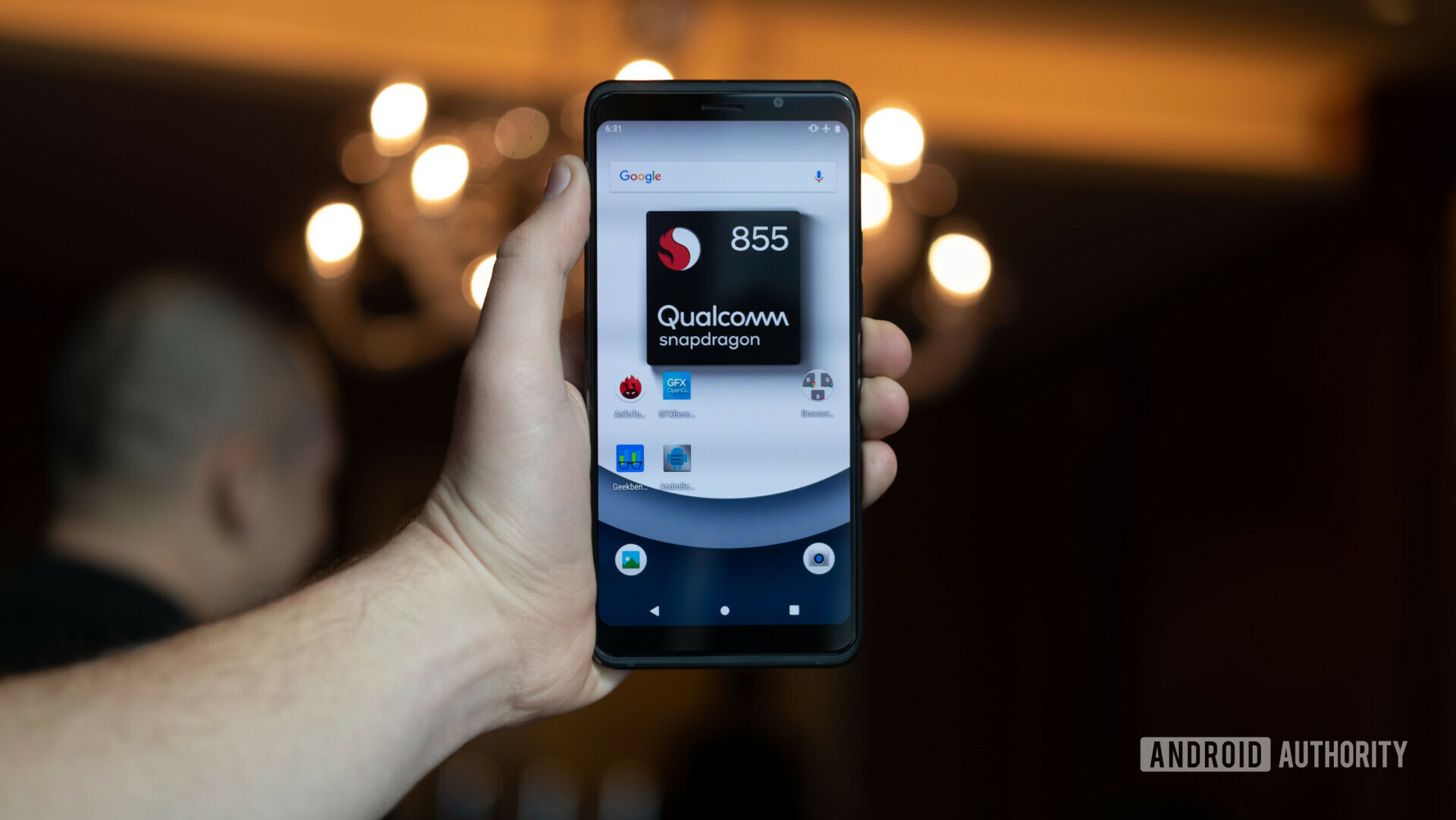
A strong part of the POCOphone brand’s early identity has been its no-compromise approach to core hardware — or should I say “Never Settle” approach? — and the Redmi K20 Pro follows this ethos perfectly.
The most obvious example is the continued use of the latest and greatest Qualcomm silicon, but the Redmi K20 Pro doesn’t cut corners elsewhere either.
Sony’s IMX586 sensor has already graced affordable phones like the realme X and even other budget handsets from Xiaomi’s Redmi sub-brand, so while it’s perhaps no surprise to see it installed as the K20 Pro’s main 48MP shooter, it’s still a welcome inclusion. Likewise, the display is a 6.39-inch OLED panel with a Full HD+ resolution.
These both represent significant improvements over the POCOphone F1’s main camera sensor and display, but more importantly they sound exactly like the next logical evolution for POCOphone hardware.
For many, bringing elite, 2019-era specs to a functional, budget handset would be enough to make the POCOphone F2 a tantalizing proposition and a worthy follow-up. But if the Redmi K20 is really a teaser of things to come, then the next POCOphone might take things a step further.
Getting trendy
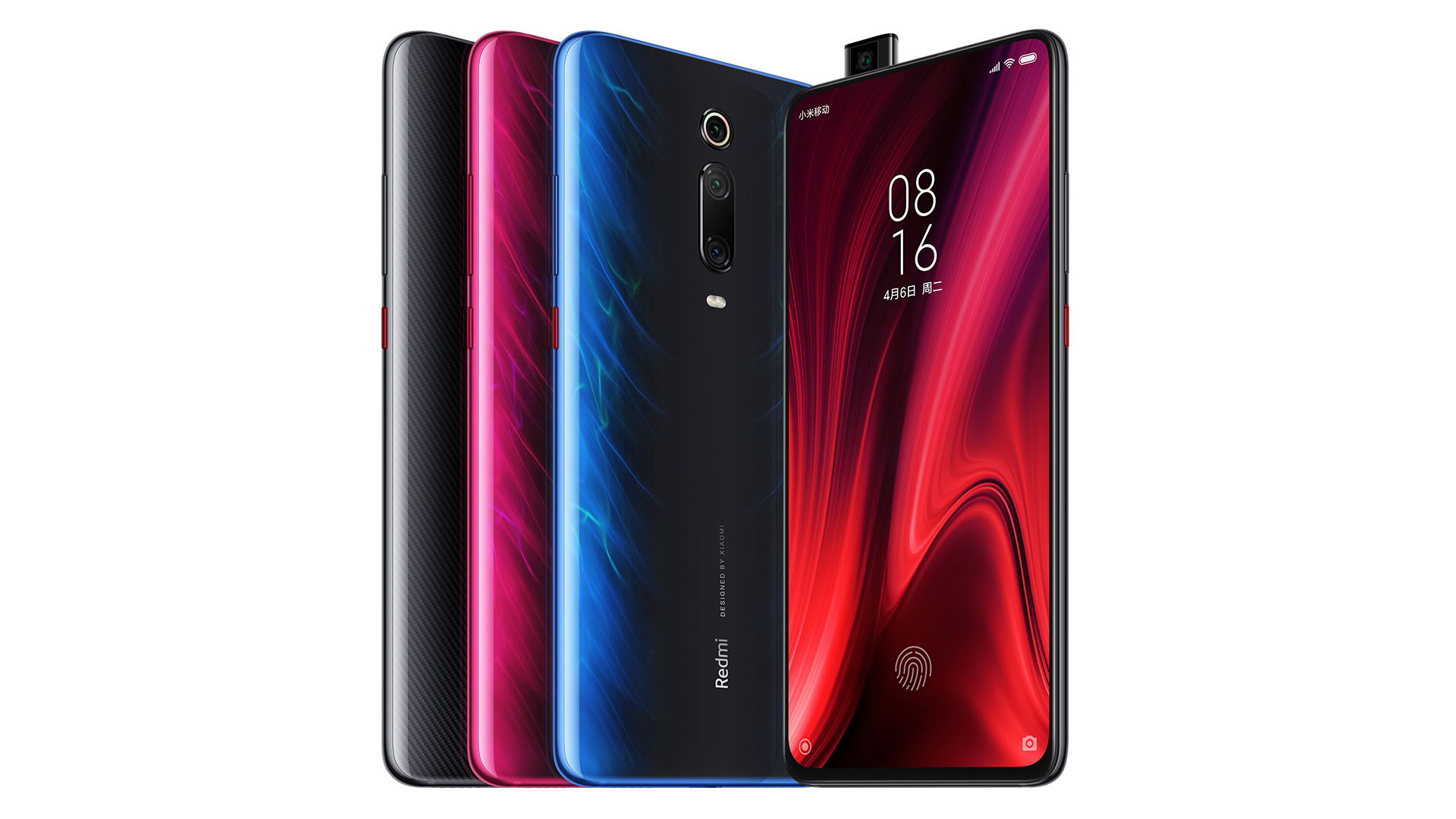
For all its amazing raw specs and great performance-to-price ratio, the POCOphone F1 lacked a wow factor. Its design was uninspiring, the camera was underwhelming, and the POCO Launcher/MIUI software combo left a lot to be desired. The Redmi K20 Pro answers most of these criticisms by smartly adopting all of the industry’s hottest current trends.
Compared to the POCOphone F1’s dull plastic back, the Redmi K20 Pro has a curved glass rear with a striking holographic effect on the blue and red/purple variants. The POCOphone F1’s unsightly notch is also gone, with the K20 Pro opting for a near bezel-less display with only a tiny chin.
The POCOphone F1 lacked a wow factor.
The full-screen display is made possible thanks to a pop-up selfie camera, which seems to be fast overtaking the punch hole as the industry’s favored notch alternative, at least for the time being. The rear camera, meanwhile, copies the increasingly popular main–wide-angle–telephoto triple camera set-up we’ve seen on so many phones in 2019. To top it all off, the Redmi K20 Pro has an in-display fingerprint sensor too.
In addition to all these flashy new features, the Redmi K20 Pro retains the 3.5mm headphone jack, has fast charging support, and a cooling system for keeping the phone running smoothly while playing games — all things the POCOphone F1 also offered. The only potential hurdle is software, but we’ll have to wait and see if Xiaomi can build on the POCO Launcher’s minor improvements on the ever-divisive MIUI skin.
Is the Redmi K20 Pro the POCOphone F2?
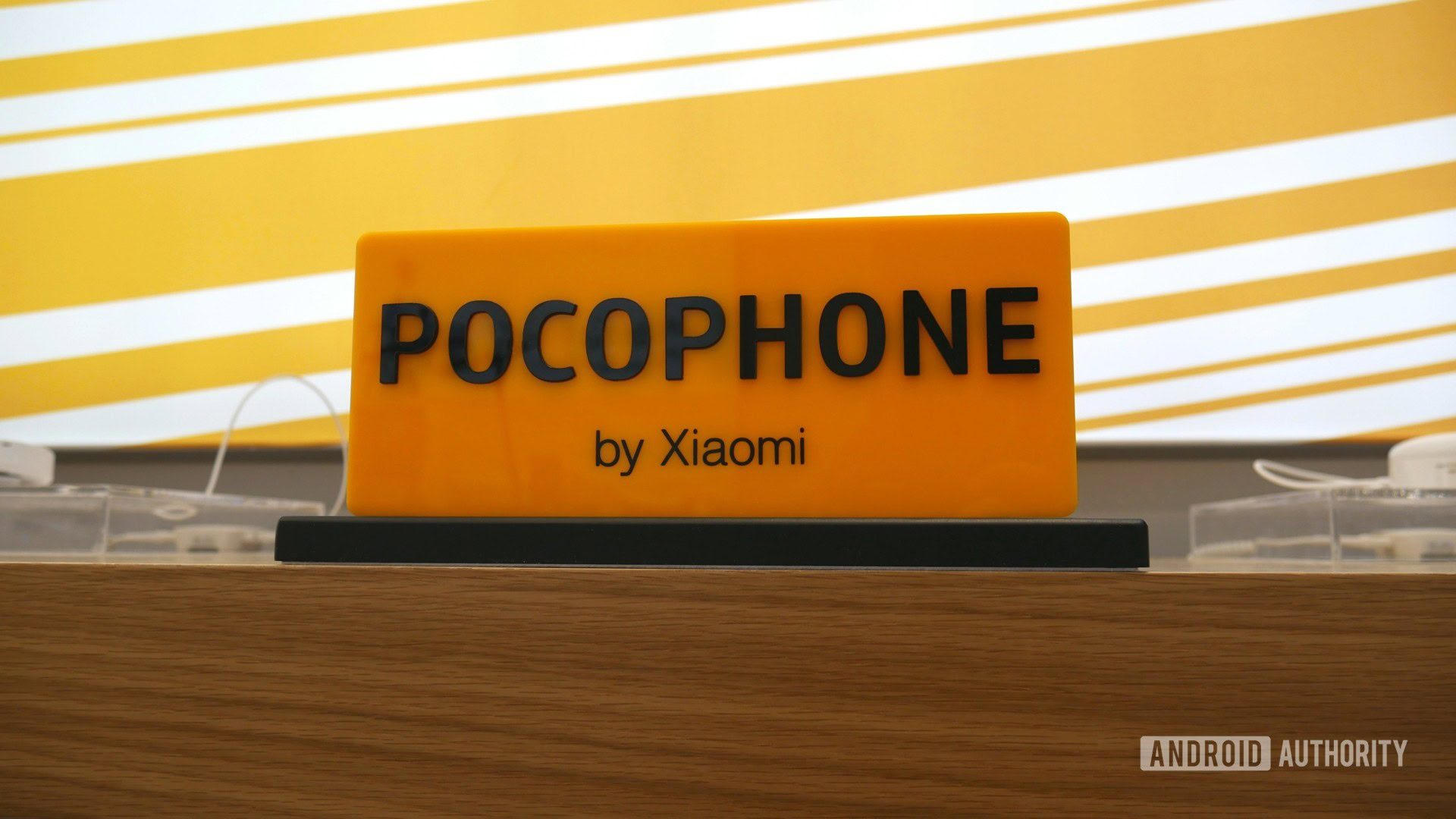
If you believe some of the speculation coming out of China, it may well turn out that the Redmi K20 Pro actually is the POCOphone F2. Chinese brands have a habit of releasing the same phones under different monikers in global markets and the rumor mill seems fairly convinced that the K20 Pro will carry the POCOphone name.
Whether or not this turns out to be the case, the K20 Pro absolutely should be the POCOphone F2.
Xiaomi has a unique opportunity to cement the POCOphone as the go-to flagship killer brand and the Redmi K20 Pro’s seemingly perfect balance design, features, hardware, and price would make it an ideal successor.
Would you be happy to see the Redmi K20 Pro become the POCOphone F2 in the rest of the world? Let us know in the comments.
Up next: These are the best Xiaomi phones